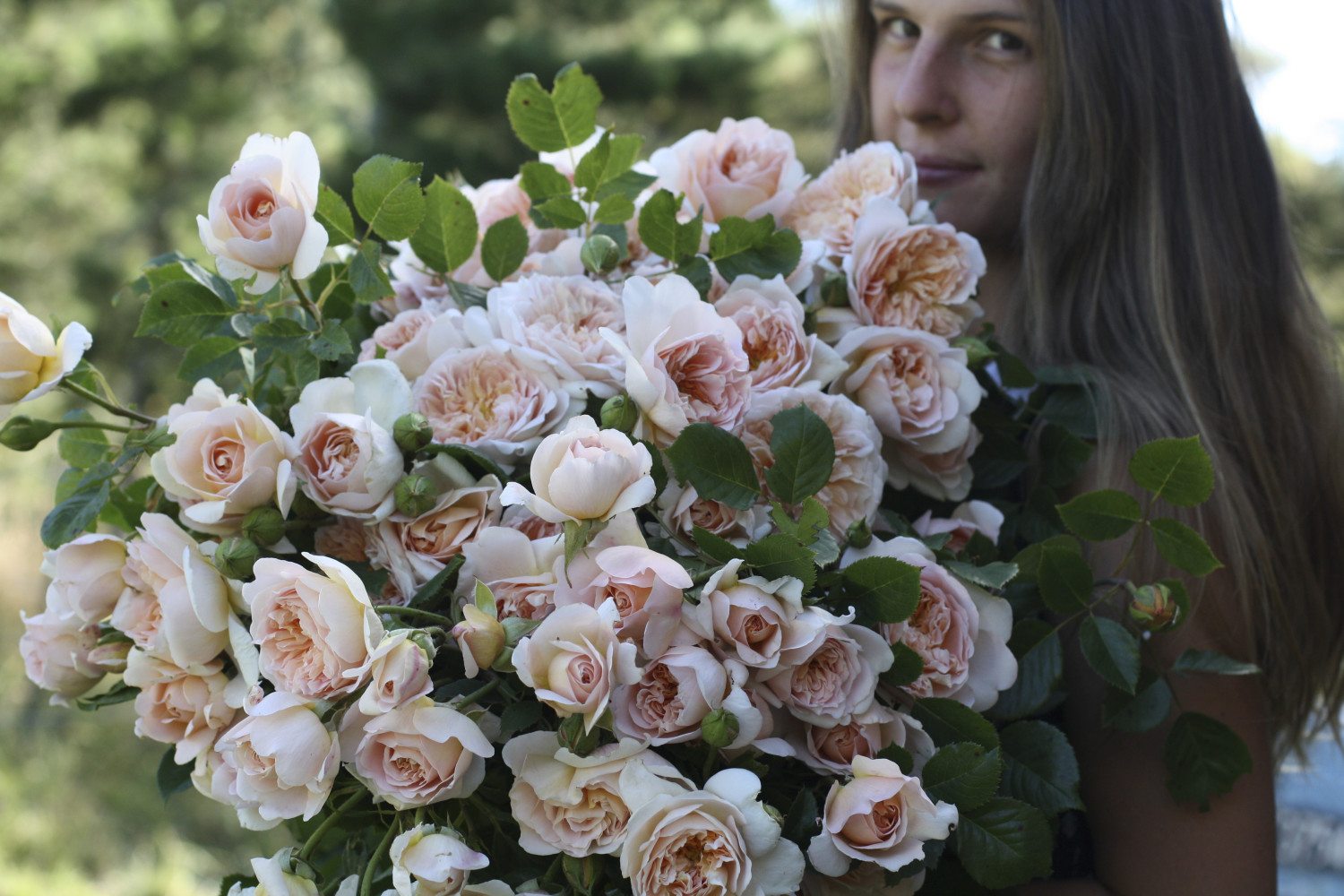 One of the many things I absolutely love about the seasonal flower movement is the global network of fellow farmer florists who have connected via social media. I find it fascinating to observe the many parallels between the increasing popularity of local, seasonal flowers here in the good ol’ U.S. of A. and what is happening in the U.K., Canada, Russia, New Zealand, and other far-flung corners of the world.
One of the many things I absolutely love about the seasonal flower movement is the global network of fellow farmer florists who have connected via social media. I find it fascinating to observe the many parallels between the increasing popularity of local, seasonal flowers here in the good ol’ U.S. of A. and what is happening in the U.K., Canada, Russia, New Zealand, and other far-flung corners of the world.
I’ve had so much fun checking out what is blooming around the world through Instagram photos and posts tagged #SeasonalFlowerAlliance, especially this time of year. When our fields are barren and more than half of the U.S. is white with snow, it is high season for our friends in the southern hemisphere and they’re flooding my feed with their beautiful seasonal summer blooms. One of those Instagrammers I follow and adore is Field of Roses @field0froses, a flower farm in New Zealand’s beautiful Waingake Valley. Zoë Field agreed to take a brief break from harvesting to sit down and tell me more about her flowers, farm, and the seasonal flower movement in her area.
Erin: Thanks for taking time to chat with me today, Zoë. First, can you share a little bit more about your farm and your business?
Zoë: We run a small operation from our family farm. Just mum and I, working in the field day and night, literally! Dad is also a huge part of the farm although he stays away from the flower side of things, he is our main man when it comes to the bigger jobs; he is the jack of all trades, the plumber, builder, mechanic, and occasional electrician. We’d be lost without him. It’s a real family-run business, with all hands on deck.
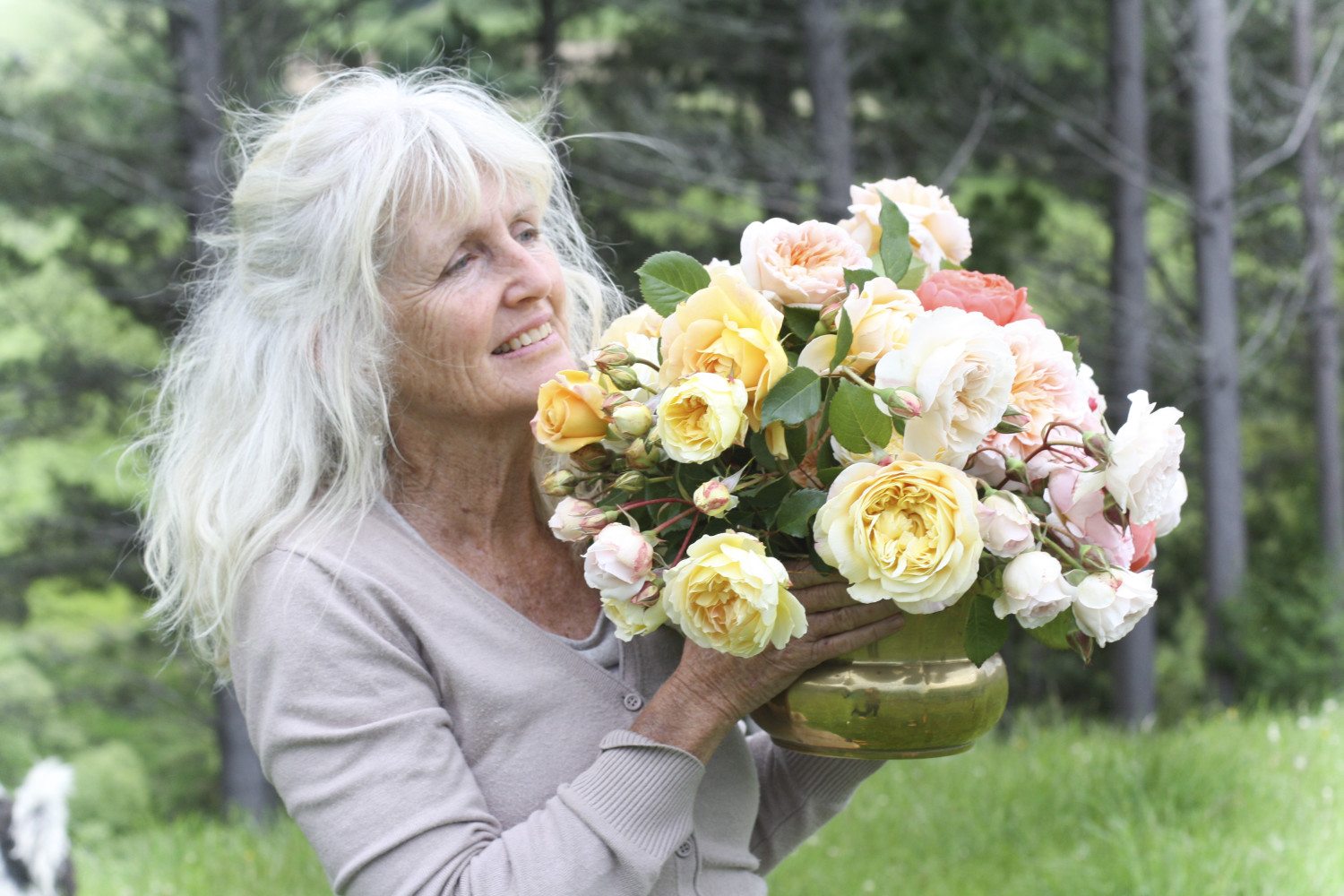 We have a field of about 1,000 roses with over 50 different varieties, mainly because narrowing it down to just a few was impossible, I’ll find any excuses to try a new variety. On top of that, we have a small cutting field. Which was never really planned but quickly grew out of a need from our florists. It started life as a vegetable garden, soon the veggies were replaced by flowers, an extension was added, and then another, and now we’ve moved down the road into a new patch of dirt which we are trialing this season.
We have a field of about 1,000 roses with over 50 different varieties, mainly because narrowing it down to just a few was impossible, I’ll find any excuses to try a new variety. On top of that, we have a small cutting field. Which was never really planned but quickly grew out of a need from our florists. It started life as a vegetable garden, soon the veggies were replaced by flowers, an extension was added, and then another, and now we’ve moved down the road into a new patch of dirt which we are trialing this season.
The flower field is pretty much jam-packed with anything that takes our fancy, no real logic, a jumble of flowers that I can’t seem to live without. Growing bulk is something we aren’t very good at, we are very easily distracted and quickly lose focus if we have to stand picking in the same place for too long. So we go for variety over quantity. Probably also why we have so many different roses. Our rose bunches are rarely ever made up of the same variety of rose. If you buy a bunch of apricot roses from us, you usually end up with at least four different varieties all in varying shades and forms, which I think lends itself perfectly to that loose garden look.
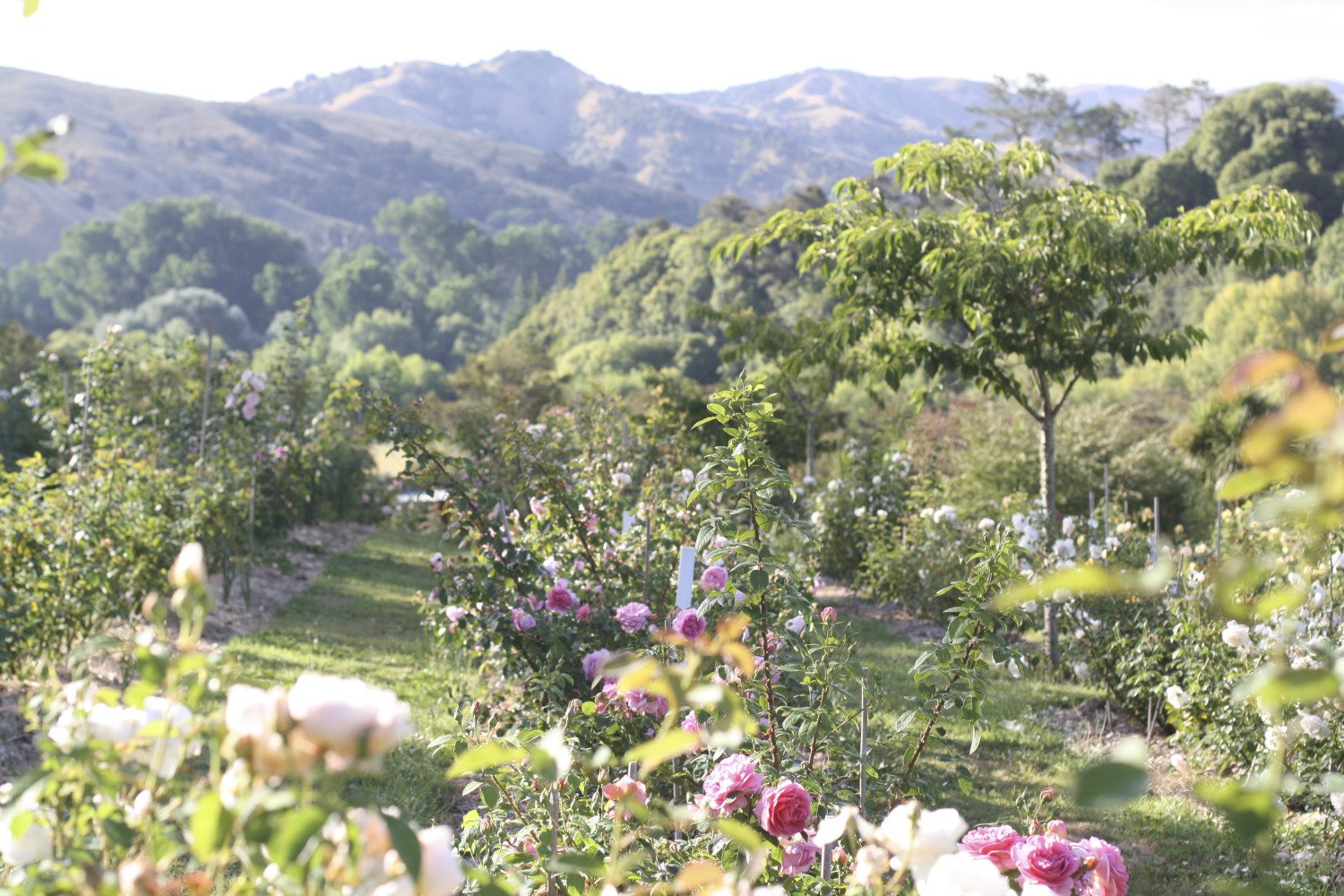 Erin: I’m really interested in learning what the seasonal flower movement is like in other countries. It seems to be really picking up steam here in the U.S. In just the last two or three years, there has been an explosion of new small flower farms plus more and more designers are seeking out seasonal floral material. Is there strong support for local flowers in New Zealand? What trends are you seeing? Can you describe ‘the scene’ there?
Erin: I’m really interested in learning what the seasonal flower movement is like in other countries. It seems to be really picking up steam here in the U.S. In just the last two or three years, there has been an explosion of new small flower farms plus more and more designers are seeking out seasonal floral material. Is there strong support for local flowers in New Zealand? What trends are you seeing? Can you describe ‘the scene’ there?
Zoë: New Zealand is very unique in the fact that our flower market is dominated by New Zealand-grown flowers, in fact, more than 90% of the market is New Zealand-grown. The majority of the flower growers here are more specialised, focusing on a few varieties and growing them on mass. It seems to be only very recently that more farms like yours are starting to pop up. I’ve definitely noticed more and more growers appearing on Instagram, some already quite established but just hidden away in their little rural corner of the world with a real seasonal drive.
Designers are also seeking out more seasonal flowers and are eager to build relationships with their growers. It seems to be becoming an important core value of their business.
I think Instagram has played a major role in this new era of flower farming and design. A dynamic flower-driven community is taking shape, and the gap between designers and growers all over the world is quickly closing. This is so exciting for small remote flower farms in New Zealand, as it means no longer being limited by isolation.
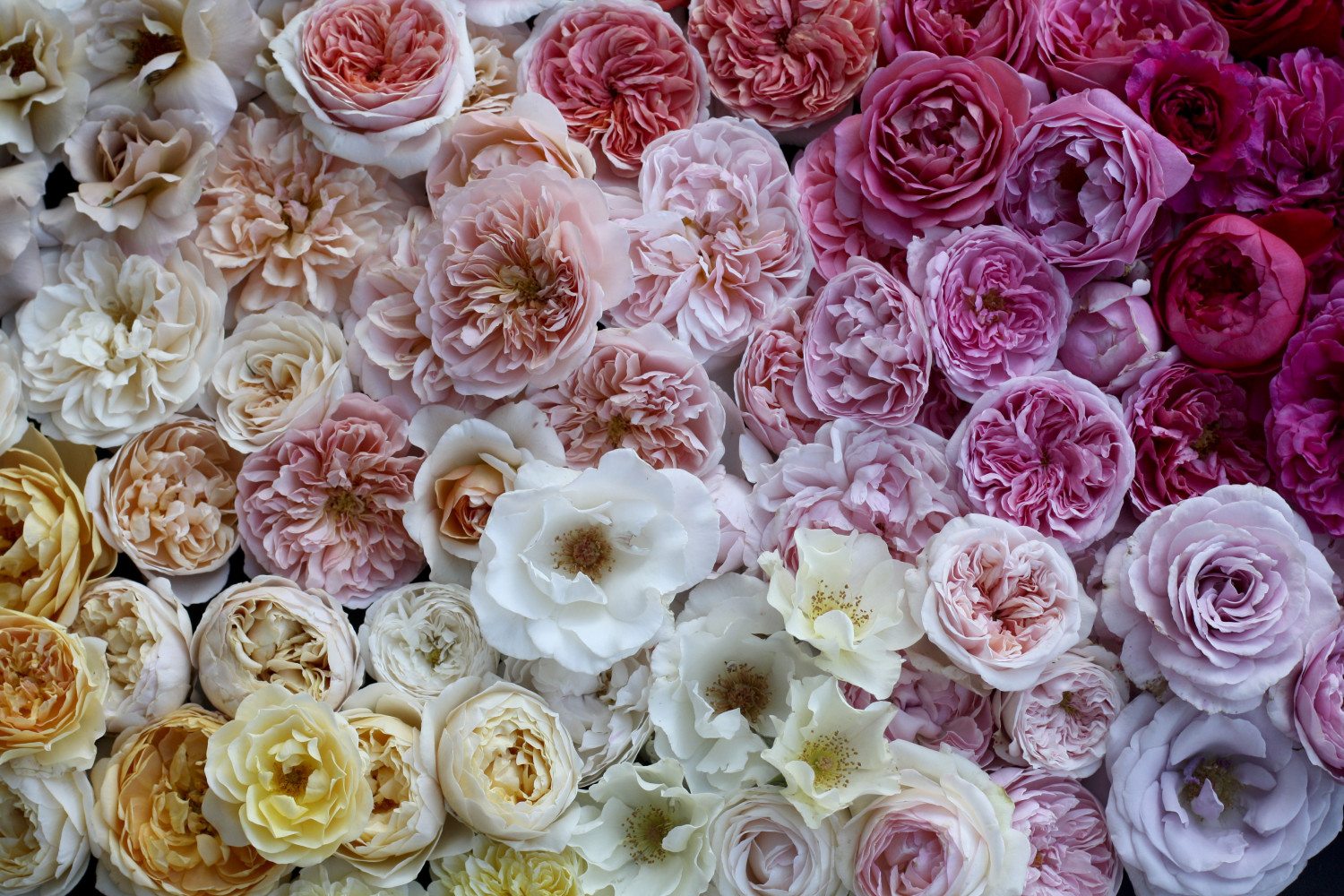 Erin: You recently hosted a workshop in collaboration with the talented team at Soil & Stem, isn’t that right? The photos I saw were absolutely dreamy–tell me more about the experience!
Erin: You recently hosted a workshop in collaboration with the talented team at Soil & Stem, isn’t that right? The photos I saw were absolutely dreamy–tell me more about the experience!
Zoë: The Soil and Stem workshop was such an amazing experience. It was funny because during the winter I managed to somehow talk dad into building us a big shed at the top of the rose field, overlooking the roses and surrounding hills. I had this vision of maybe one day hosting workshops or evenings in the field with family and friends. As we were putting the finishing touches on the shed Dad reluctantly asked me, “Now why am I building this shed again?” “Trust me dad we’ll use it,” I hesitantly replied. That very week I got an email from Nicole and we were all go. It was meant to be.
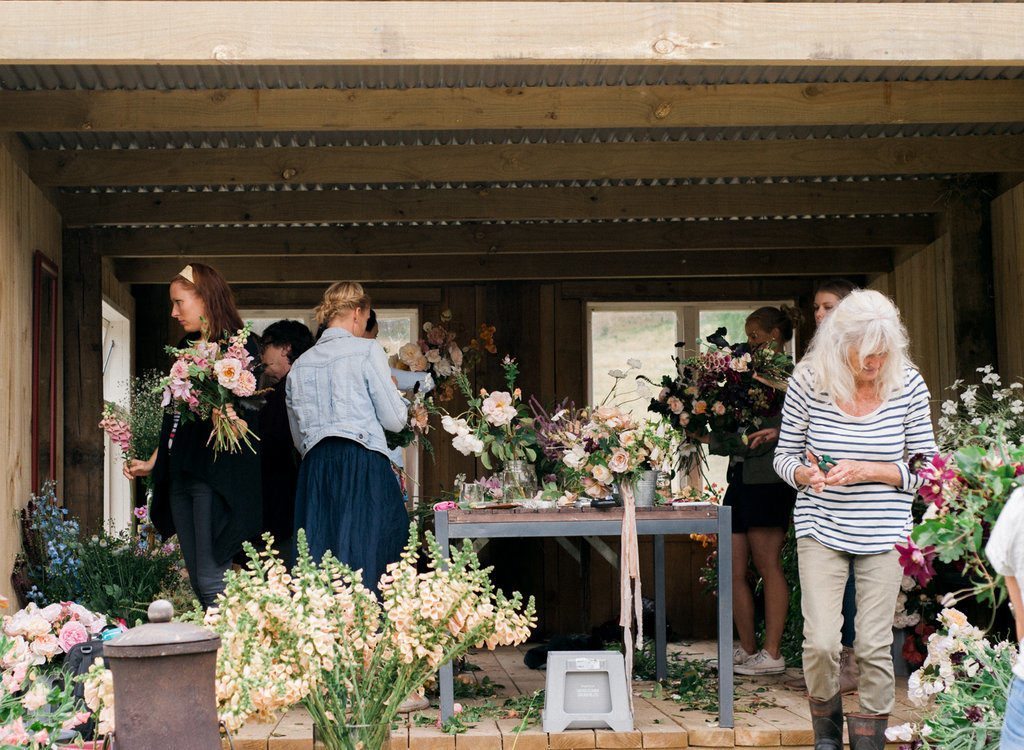
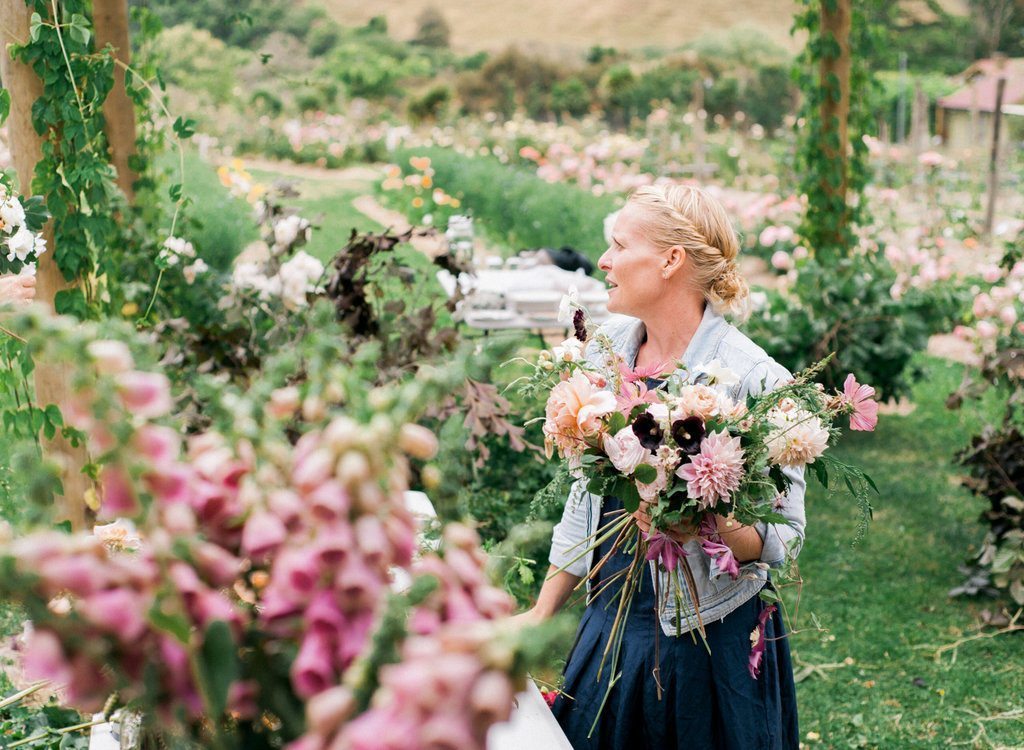 We timed the workshop for the summer flush. It was a little bit touch and go as we’d had a very unseasonably cold spring, so I was worried we’d be behind. But like clockwork, the roses flowered, and the cutting garden filled with colour.
We timed the workshop for the summer flush. It was a little bit touch and go as we’d had a very unseasonably cold spring, so I was worried we’d be behind. But like clockwork, the roses flowered, and the cutting garden filled with colour.
Nicole is an amazing teacher and her style fit our farm perfectly. The attendees were let loose in our fields and nothing was off-limits. I loved watching everyone move through the field, their buckets and arms quickly overflowing with flowers. For a grower, I don’t think there is a more rewarding experience than to see people create and be inspired by your flowers. I think for me, though, the best part was all the new friendships that were formed–friendships that will last beyond those two days.
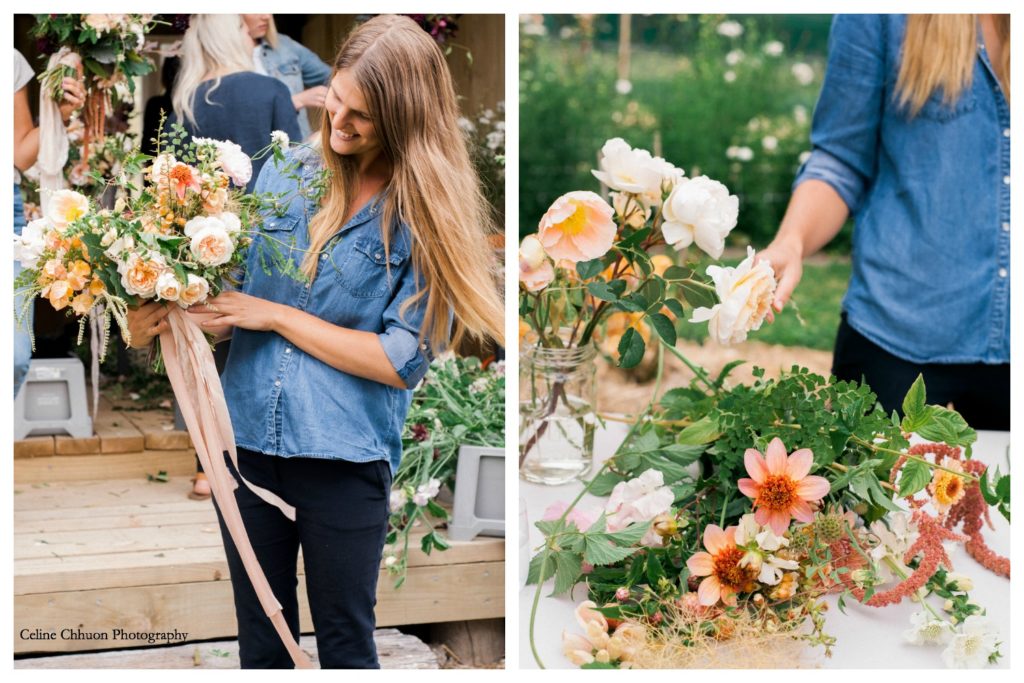
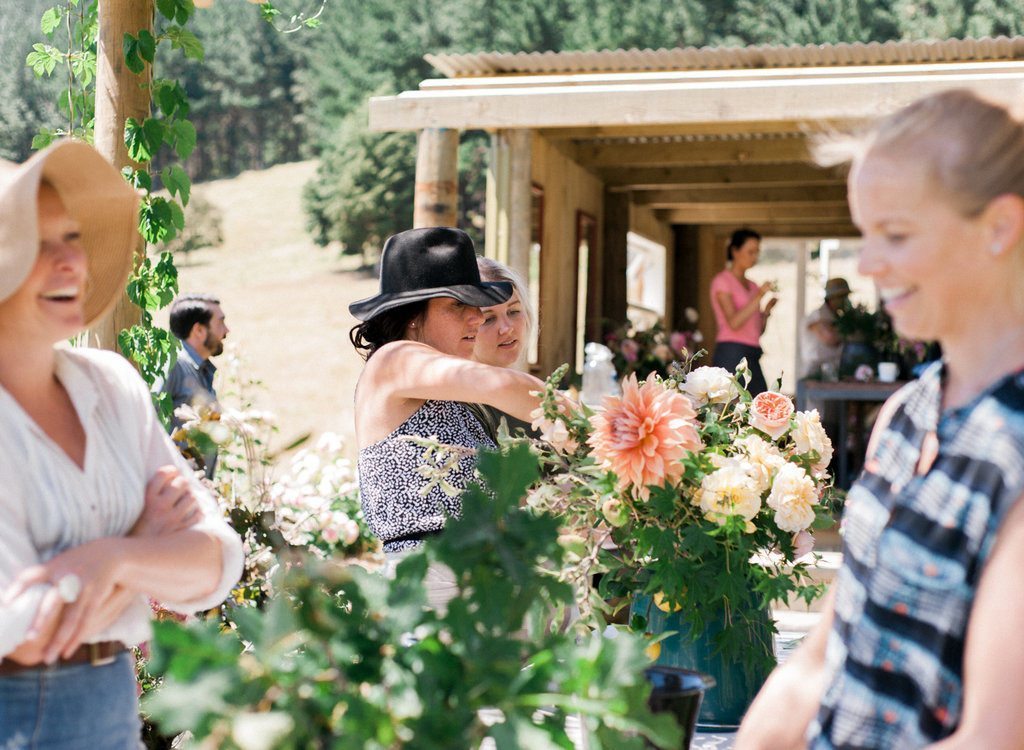 photos courtesy of Celine Chhuon Photography
photos courtesy of Celine Chhuon Photography
Erin: In this line of work, I’ve found that you can learn about as much from your own failures growing something as you would studying someone else’s success. You have written a little bit about that and I’m curious to know what you consider to be the biggest lessons learned from your first few seasons as a flower farmer?
Zoë: What we’ve learnt in our first few seasons of flower growing is that: (A) We have the windiest site for growing roses and clematis. (B) Our soil is not free draining, even though every plant seems to specify this as a growing requirement. (C) We are not good at staking or succession planting or any of the other basic techniques needed to grow flowers successfully. I could continue all the way to Z.
Yet despite all of the above we still somehow manage to grow beautiful flowers. I’ve learned that there is no real right or wrong way of growing its just experimenting and finding out what works best for you and your land. If you love flowers, if you love growing and long days in the field, despite all odds stacked against you, you will still grow beautiful flowers.
Erin: Your website indicates your flowers are available at both the Floramax and UFG auctions in Auckland. What are the flower auctions like there and how does that process work for farmers like you?
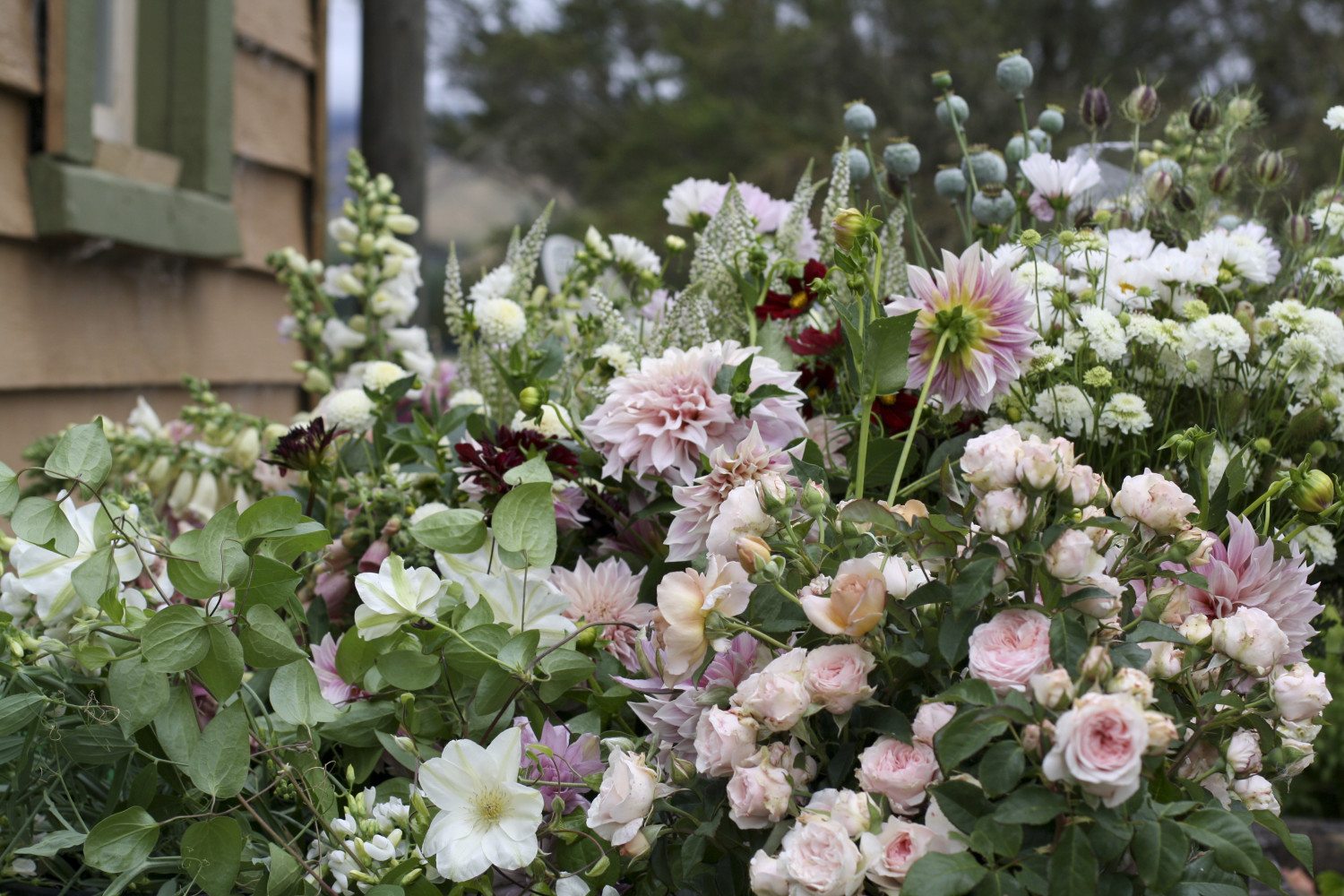 Zoë: Because we live in such a rural part of New Zealand, the flower auctions have been a crucial part in getting our product out to the masses in the most simplest and efficient way possible. All our product is picked fresh, chilled and then packed into cardboard flower boxes, which are then shipped overnight in refrigerated trucks to the market floor in Auckland.
Zoë: Because we live in such a rural part of New Zealand, the flower auctions have been a crucial part in getting our product out to the masses in the most simplest and efficient way possible. All our product is picked fresh, chilled and then packed into cardboard flower boxes, which are then shipped overnight in refrigerated trucks to the market floor in Auckland.
The flower auctions in New Zealand are all run using the Dutch auction system, where the bidding starts with a high asking price and then moves lower until sold. Buyers place bids at whatever price they are willing to pay, first person to place a bid gets the product. The system is fast and efficiently deals with large volumes of product. It also reflects very quickly what is in demand and what is not!
It can be very nerve-racking at times, it’s always a bit of a gamble on our part. During the spring flush, it can be quite discouraging, to say the least. Even our little flower farm can so easily flood the market, with our prices taking a huge knock. We are trying to think of ways to avoid this, looking into selling more direct over those high-volume periods. Selling directly to our designers is a real passion of mine, I love the friendships we have formed and the trust that we have built up over the years. However, picking to order is far more time-consuming. So it’s about finding that balance between direct and market.
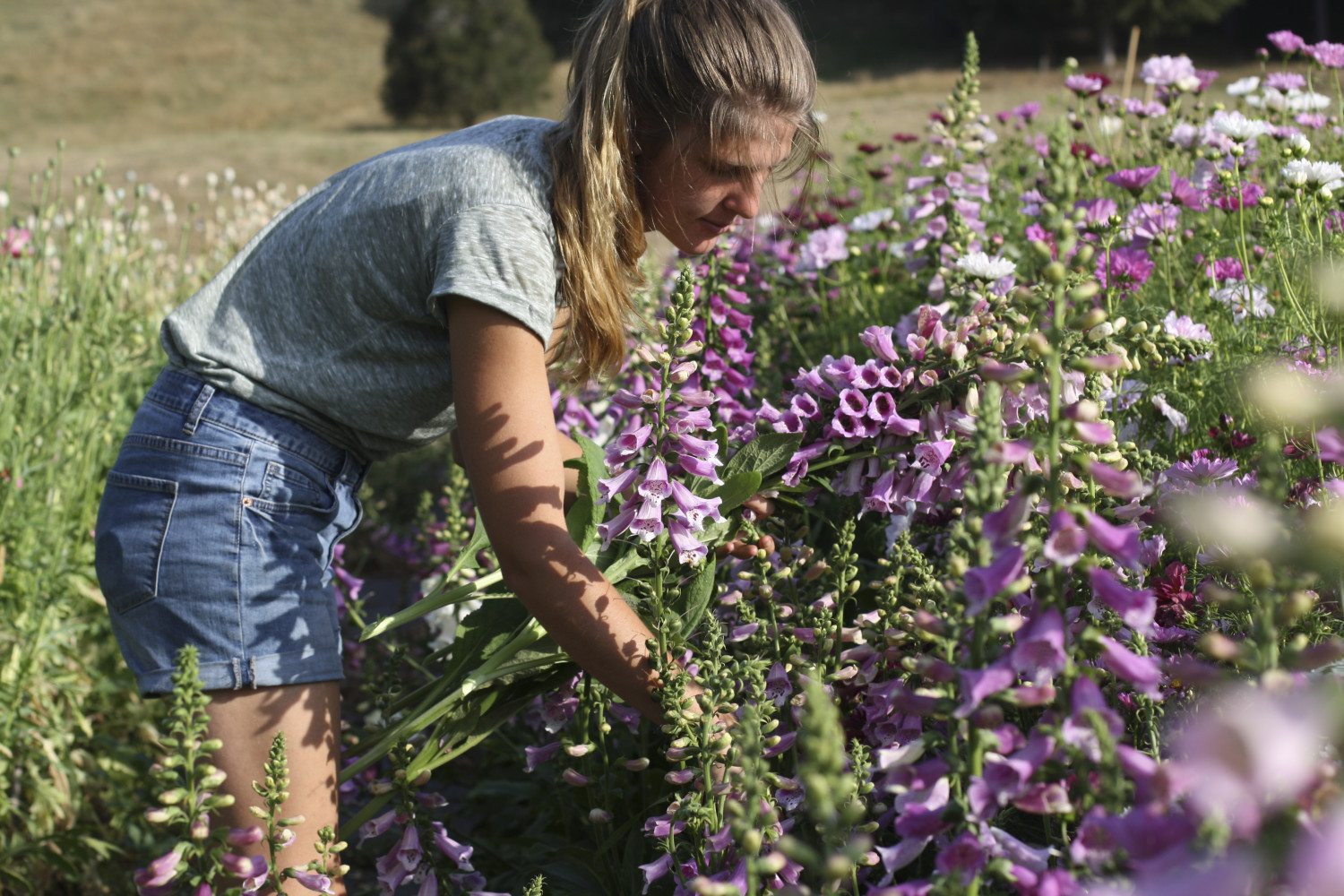 All in all though, mum and I still really like selling through the auction. Floramax has been incredibly supportive of our little farm, taking the time each year to visit us, offering lots of encouragement, and answering any questions or concerns we may have. It’s that personal touch that we value from them the most.
All in all though, mum and I still really like selling through the auction. Floramax has been incredibly supportive of our little farm, taking the time each year to visit us, offering lots of encouragement, and answering any questions or concerns we may have. It’s that personal touch that we value from them the most.
Erin: What flowers are you most excited about growing this season? Any new varieties you’ve added to the mix that show promise?
There are a few new additions that I’m really excited about this season. In the rose field, a single-petalled beauty called Sparrieshoop is fast becoming a favourite. I love the simplicity of her blooms, delicate white ruffled petals surround the sweetest yellow stamen. She grows on tall stems, and each stem is laden with blooms, I can’t recommend her enough.
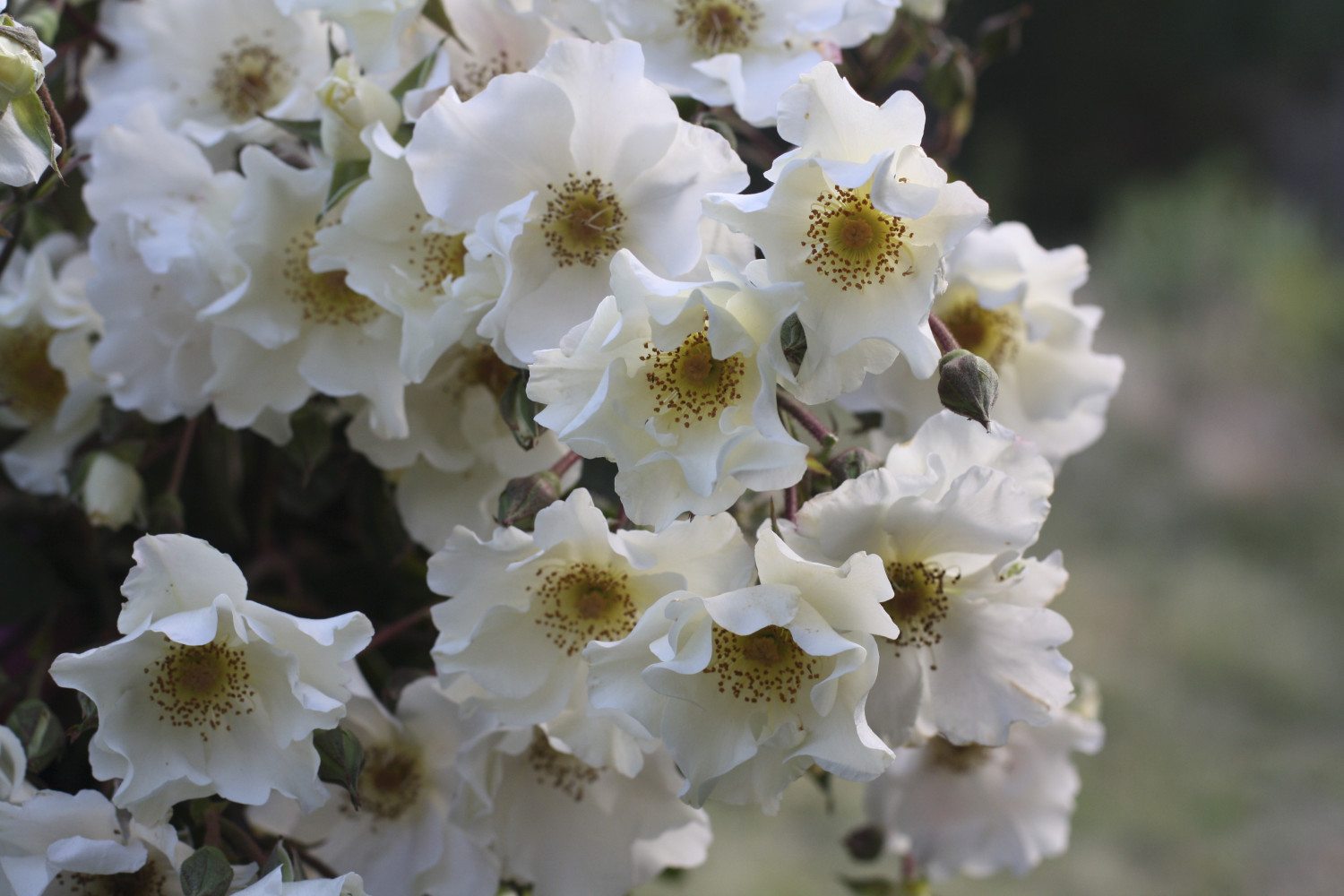 In the clematis patch we’ve had a couple of standouts, but nothing compares to Violet Elizabeth, big double lilac blooms that always stop me in my tracks.
In the clematis patch we’ve had a couple of standouts, but nothing compares to Violet Elizabeth, big double lilac blooms that always stop me in my tracks.
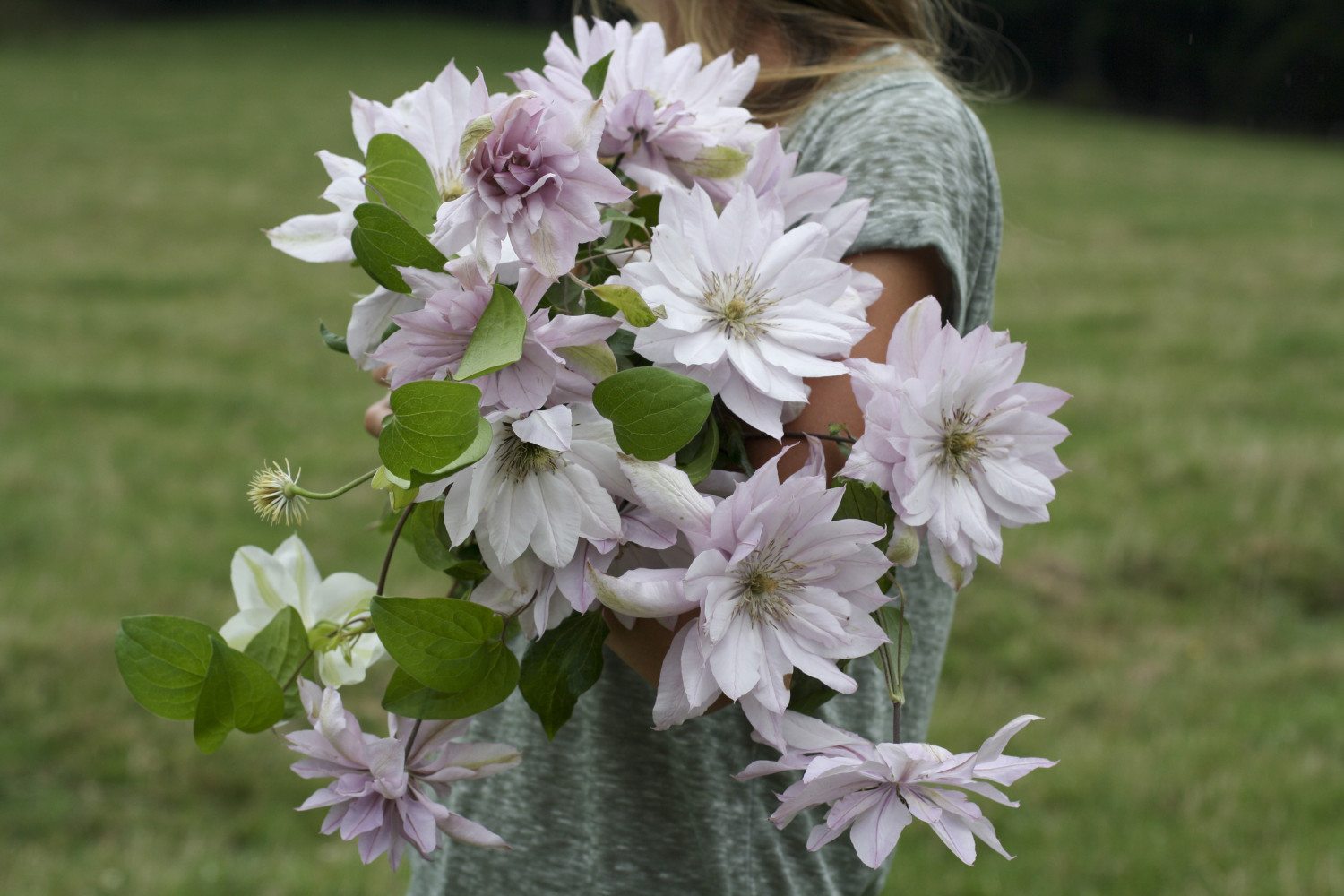 Last but not least Campanula punctata ‘Pink Chimes’ is a real beauty. I spotted her flowering in my grans garden last year and dug out a few runners to trial. It’s doing amazingly, in fact, it’s quickly spreading through our garden beds. To me, that’s the definition of a good plant, easy care and invasive, pretty much a weed. Its dainty little bell-like flowers and maroon spotted throat look incredible floating in bouquets or out the side of arrangements.
Last but not least Campanula punctata ‘Pink Chimes’ is a real beauty. I spotted her flowering in my grans garden last year and dug out a few runners to trial. It’s doing amazingly, in fact, it’s quickly spreading through our garden beds. To me, that’s the definition of a good plant, easy care and invasive, pretty much a weed. Its dainty little bell-like flowers and maroon spotted throat look incredible floating in bouquets or out the side of arrangements.
Erin: Zoë, thank you so much for taking the time to chat with me—especially during this busy time of year for you. I’ve so enjoyed learning more about your operation and seeing so many of your dreamy photos. I would absolutely love to visit you in person someday!

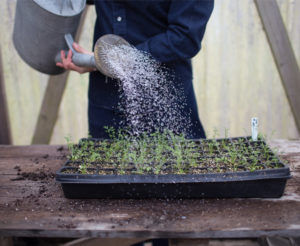
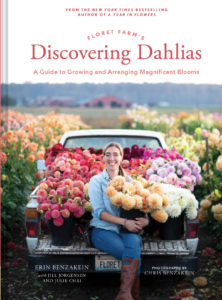
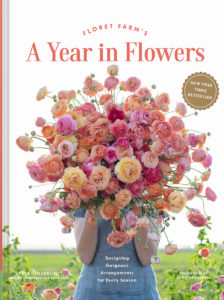
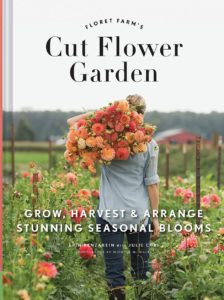

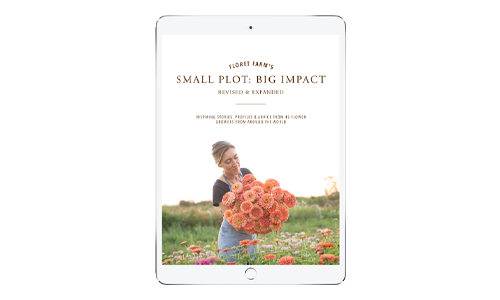
Steven Johnson on
Thx for nice article http://www.floretflowers.com/